Ancient Explosions Brought Colorful Diamonds to the Surface
Researchers have finally discovered what forces diamonds to shoot up from deep with the crust of Earth during a geological event known as a Kimberlite eruption.
The explosive eruption of precious stones is caused by a natural phenomenon that occurs as supercontinents break apart. This creates conditions that force excessive amounts of diamonds to erupt on the surface of our planet.
The Search for Diamonds
Diamonds are highly sought after worldwide for their elegant shine and toughness. Due to their incredible durability, they are often used in the production of jewelry and wedding rings, and as a tip for tools such as saws and chisels.

Source: Wikimedia
Because of their increasing popularity, companies mine diamonds excessively, supplying the world with an unprecedented amount. However, a new study suggests that very little work may be required to harness diamonds.
Where Are Diamonds Generally Found?
Diamonds form when carbon atoms are squeezed together at extremely high temperatures of around 1600°C (2912 °F) deep within the Earth.
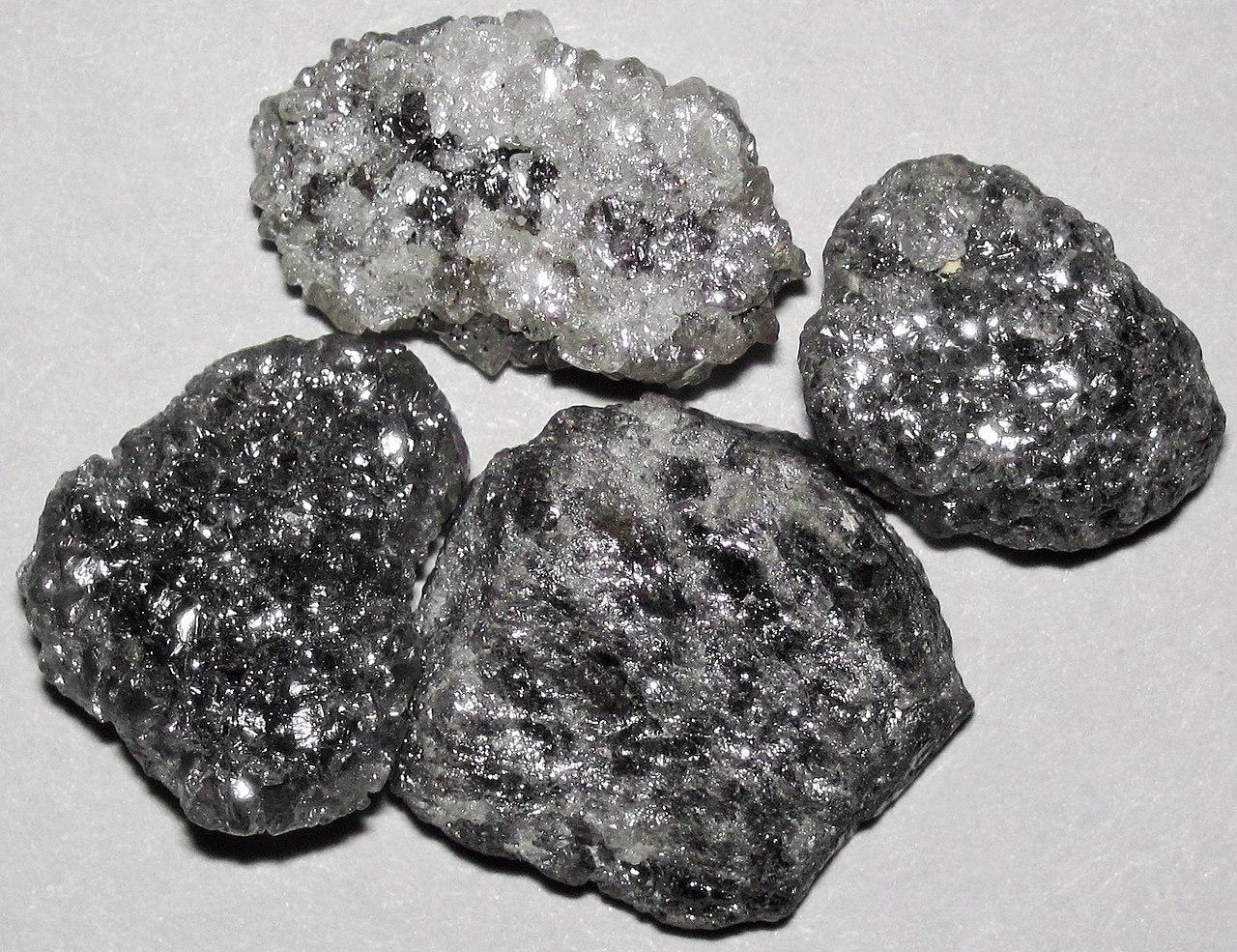
Source: Wikimedia
Nearly all diamonds come from a depth of around 150 to 200 miles below the surface of the planet. However, researchers have witnessed a fascinating phenomenon in which fountains of precious stones are brought to the surface due to natural geological events.
Kimberlite Eruptions
Diamonds can be brought to the surface in eruptions referred to as kimberlites. This unique eruption can shoot an unprecedented amount of precious stones to the surface at speeds of up to 83 mph.
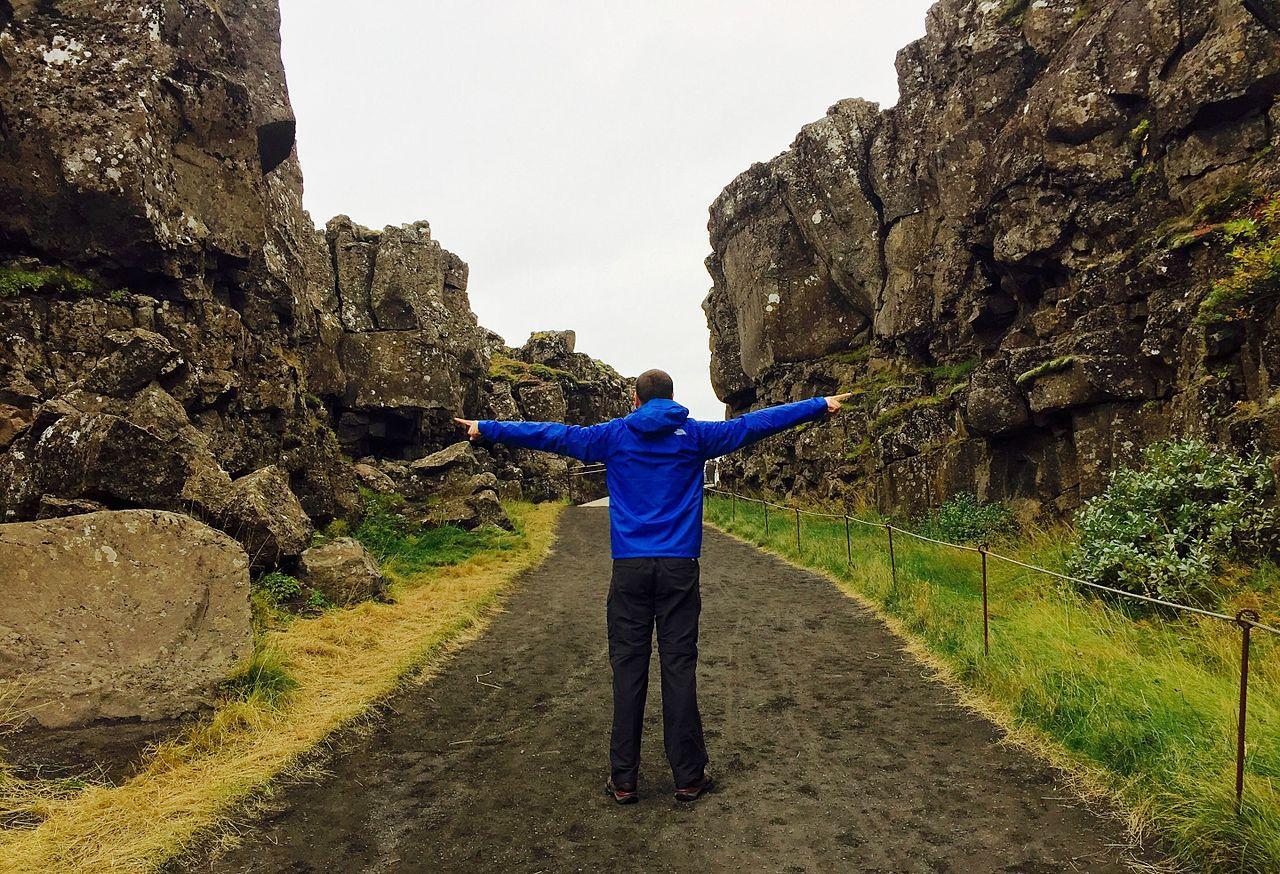
Source: Wikimedia
According to Thomas Gernon, a scientist from the University of Southampton in England, such eruptions may have led to the creation of Mount Vesuvius.
How Do Kimberlite Eruptions Occur?
Scientists believe they have figured out how these unique eruptions occur. As tectonic plates begin to separate, this leads to enormous geological instability deep within the Earth.
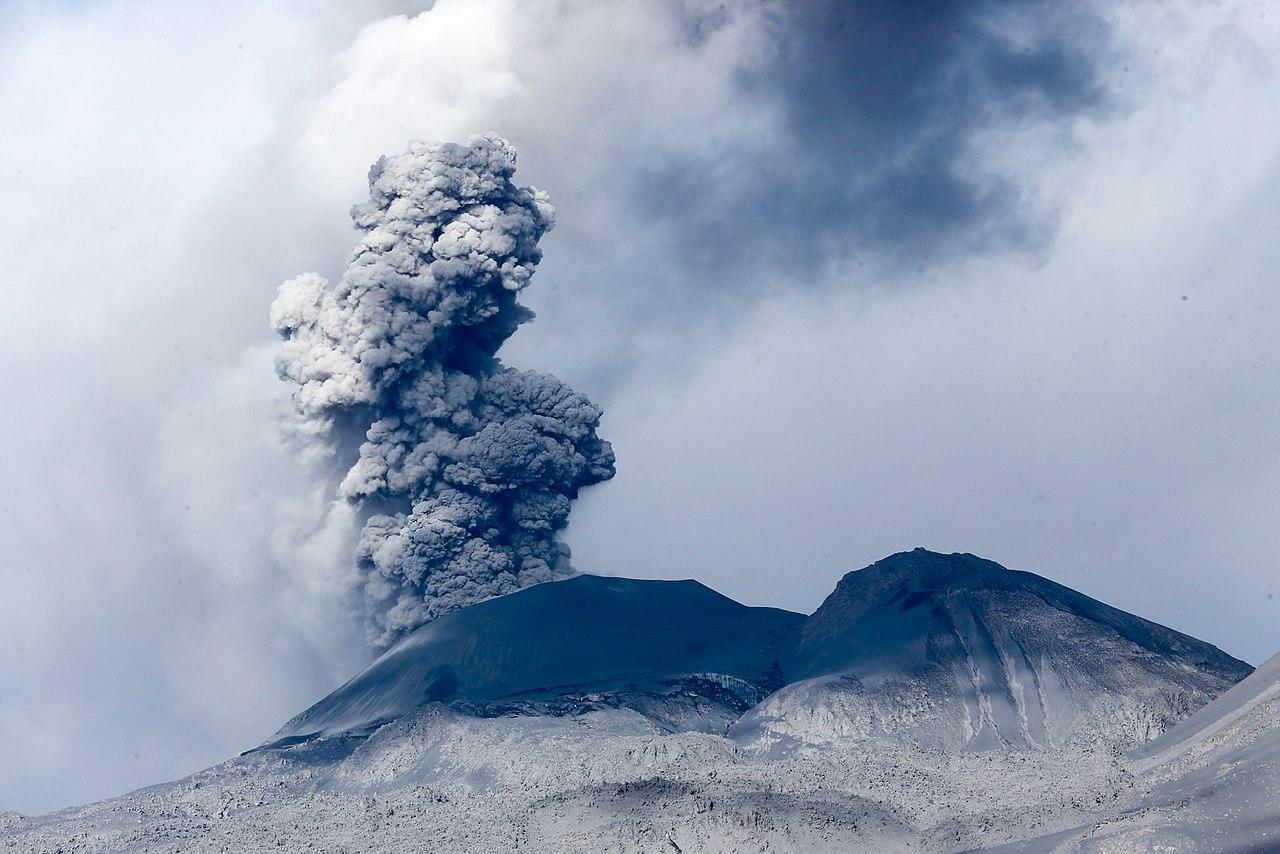
Source: Wikimedia
This will lead to a mixing of the upper mantle and lower crust, creating an explosion cocktail of rock water and carbon dioxide. This mixture, coupled with kimberlite materials such as diamonds, will eventually be pushed upwards in a manner similar to a champagne bottle that’s been violently shaken and ready to burst.
The Breakup of Gondwana
Kimberlite eruptions are rare and generally only occur around 30 million years after a supercontinent has broken up into smaller land masses.

Source: Wikimedia
One example is the significant level of kimberlite activity 25 million years after Gondwana broke, which affected modern regions in South America and Africa.
The Breakup of Pangaea
Speaking on the phenomenon, Gernon explained that a similar kimberlite explosion came tens of millions of years after the breakout of Pangaea. This supercontinent once connected all others on Earth.

Source: Wikimedia
One aspect that puzzled researchers such as Gernon is that eruptions typically occur in the middle of continents, not at the edges where they have begun separating.
What Drives the Explosion?
Questioning the sudden nature of the explosions, Gernon said, “The diamonds have been sitting at the base of the continents for hundreds of millions or even billions of years.”
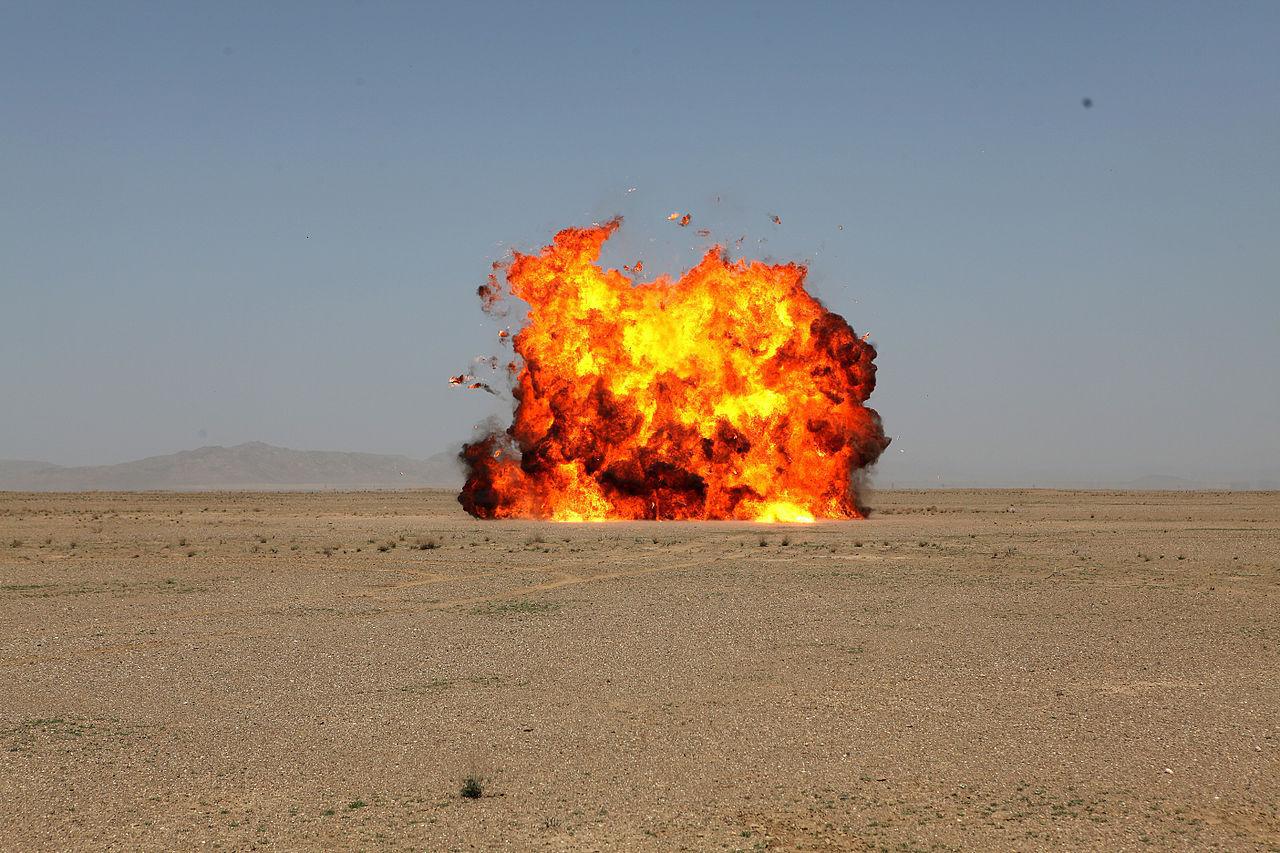
Source: Wikimedia
“There must be some stimulus that just drives them suddenly because these eruptions themselves are really powerful, really explosive.”
Looking for Correlations in the Explosions
In an attempt to better understand the kimberlite explosions, Gernon and his team began searching for correlations between the known eruptions and the degree of plate fragmentation that occurred simultaneously.

Source: Wikimedia
What they discovered is that over the past 500 million years, when plates begin to pull apart, around 22 to 30 million years later, an enormous kimberlite explosion occurs.
Diamonds Exploding in the Center of a Continent
They noticed an interesting factor after meticulously examining the data on kimberlite eruptions that followed the separation of Gondwana and Pangaea.
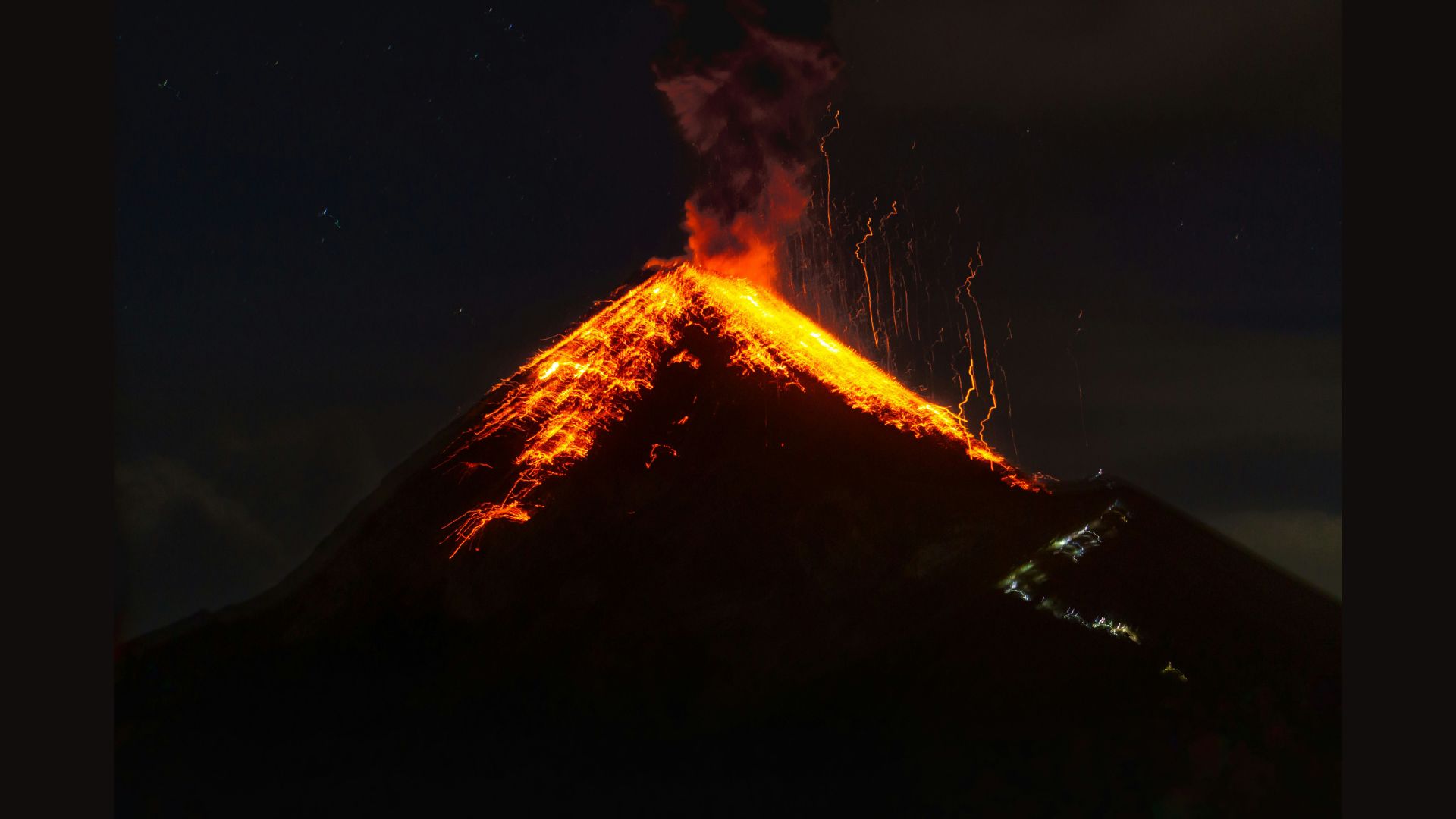
Source: Soliman Cifuentes/Unsplash
The researchers explained that while some of the explosions occurred towards the outer portion of the continents, they eventually traveled toward the center of the land.
Researchers Conduct Simulations
Researchers conducted several simulations using computer-based models examining the upper mantle and the deep crust to better understand the driving factor behind eruption patterns.

Source: Freepik
They soon realized that during periods of geological activity that lead to the separation of tectonic plates, the base of the continental crust begins to thin, and the top stretches out from valleys.
Researchers Share Data in Journal
The researchers published their findings in the journal Nature, explaining that the instability in the regions that caused the kimberlite explosions gradually migrated toward the center of the continent.

Source: Wikimeida
Researchers concluded that this pattern aligns well with real kimberlite explosions, which tend to start where continents break apart and move to the interior of a continent, providing a satisfying conclusion to their scientific investigation.
Another Eruption of Diamonds
While Mount Vesuvius is the home of one of the diamond eruptions in the world, researchers have found the origins of the colorful diamonds that spark in Argyle.
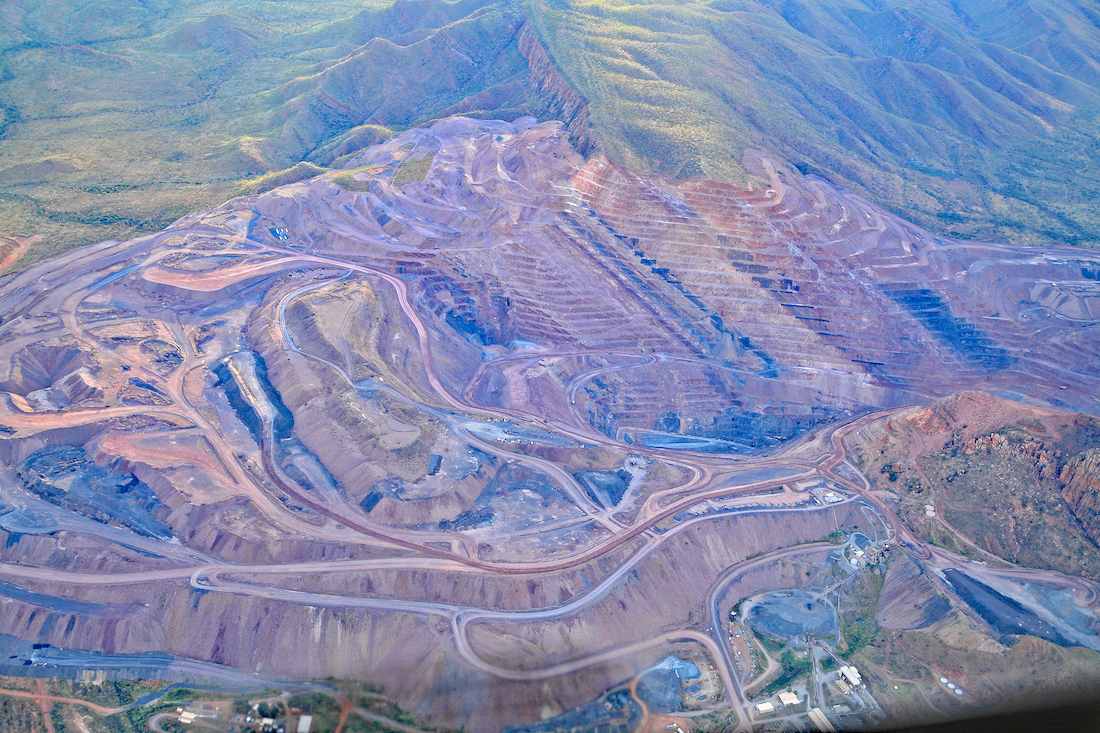
Source: Wikimedia Commons
Located 2,200 kilometers northeast of Perth, Australia, the Argyle mine once covered 94 football fields. Between 1983 and its closure in 2020, when mining the gems was no longer economically viable, Argyle produced more than 865 million karats of rough diamonds.
Bringing the Diamonds to the Surface
After dating minerals in the mine’s volcanic rock in the center for color diamond production in the world, scientists have pieced together the process that creates the 1.3 billion-year-old diamond deposits.
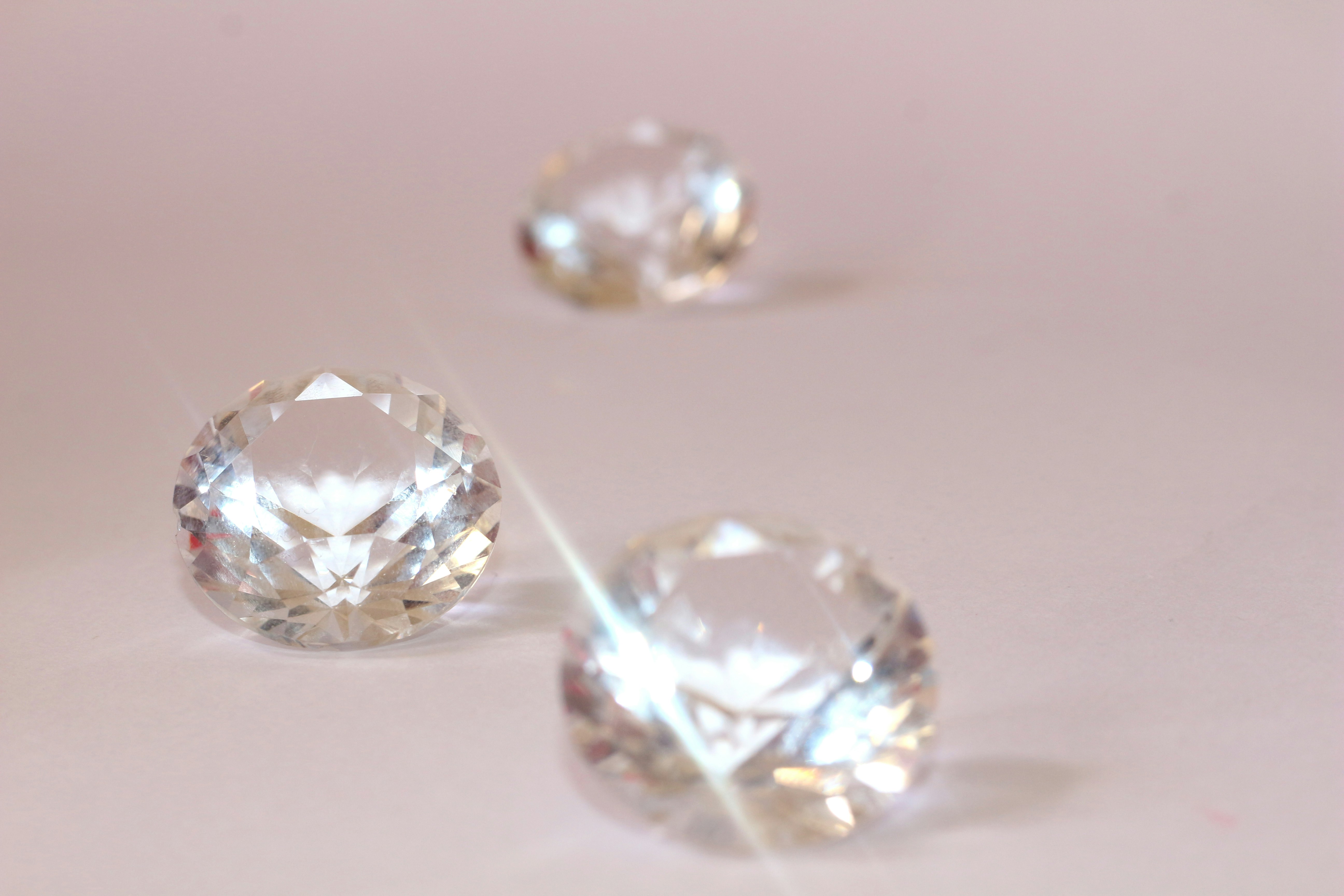
Source: Daniel Dan/Unsplash
In a paper published in Nature Communications, a team of researchers break down how the early supercontinent lifted Argyle’s salmon-colored diamonds from the depths of the Earth’s surface.
The Colorful Diamonds
Unlike the diamonds that explode from Mount Vesuvius, Argyle was notable for the colorful stones that shone in shades of yellow, brown, pink, purple, or red.
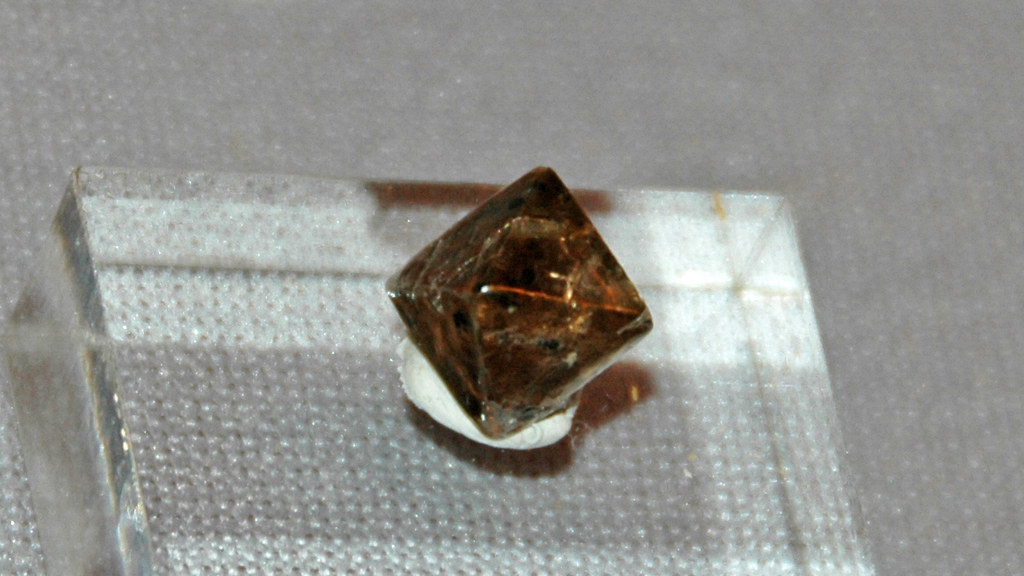
Source: James St. John/Flickr
More than 90 percent of the world’s pink diamond supply came from Argyle, including nearly the 13-karat Pink Jubilee—the largest naturally produced pink diamond.
Damaged Diamonds
The damage that the diamonds underwent deep in the Earth’s crust links to their rare pink hue. According to Hugo Olierook, a geology professor at Curtin University in Perth and lead author of the study, says these diamonds start colorless.

Source: Arjiv Exports/Pexels
Over time, the tectonic pressure from colliding continents altered the stones’ crystal structure, unlocking the hidden colors within.
What Turned the Diamonds Pink?
“The diamonds are being forced to bend and twist,” Olierook says in the study. “If they’re twisted just a little bit, it will turn some of these diamonds pink.”

Source: Freepik
While some pressure from the plates will turn the diamonds various shades of pink, further twisting turns them brown.
Taking On a New Color
The diamonds found at Argyle are believed to have taken on their coloring nearly 1.8 billion years ago when modern-day western Australia smashed into the northern Australian plate, warping the region’s rock.

Source: Catarina Sousa/Pexels
However, this only explains half of the diamonds’ origins in the now-closed mines in Australia.
What Makes Pink Diamonds Rare?
After the continents collided, the diamonds were buried hundreds of kilometers below the Earth’s surface, which limited how carbon atoms could compress into a different structure. Carbon atoms help compress and transform diamonds into lumps of dark gray graphite.
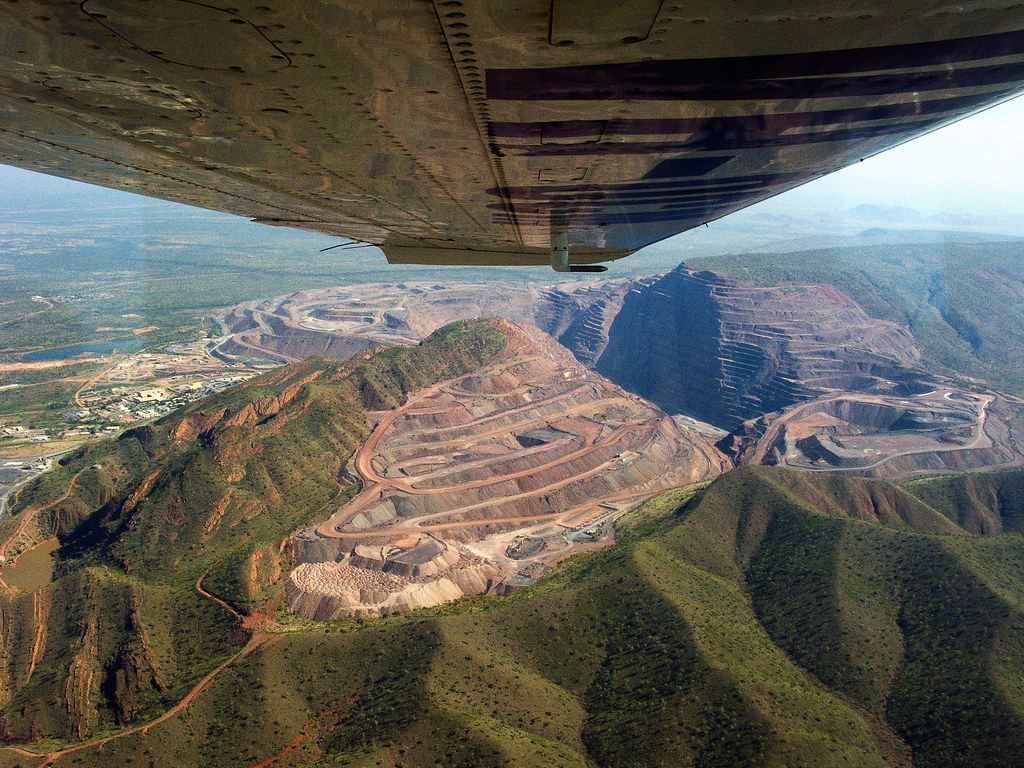
Source: David Gardiner/Flickr
The way these colorful diamonds made their way up to the surface from the Earth’s mantle was through a volcano. “You need some sort of tectonic trigger to bring them up to the surface,” Olierook says.
Determining the Age of the Eruption
The team was able to determine when the eruption occurred by slicing two thin sections of Argyle’s volcanic rock and polishing them down to a minuscule width. The samples gave researchers the information they needed to determine when the molten diamonds reached the surface.

Source: Wikimedia
Pieces of sand grains from Argyle’s ancient beach and other radioactive elements were compared to the youngest sand grains to estimate when the beach was buried in lava.
One of the Oldest Eruptions
The research allowed the team to estimate that the eruption at Argyle occurred between 1.3 billion and 1.26 billion years ago.
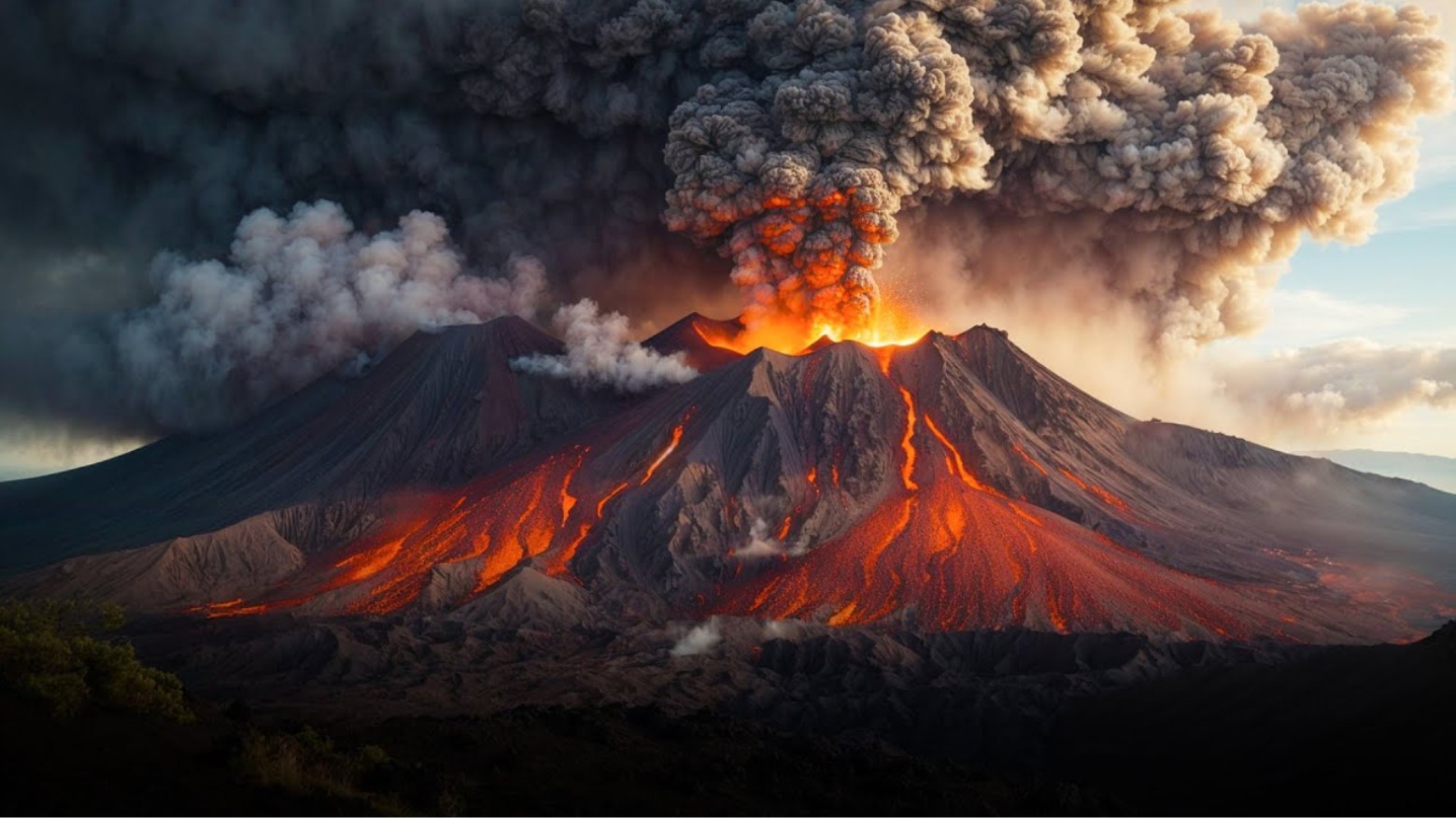
Source: @NakedScience/YouTube
This age range is older than the team estimated. “We had a betting pool going, and nobody got 1,300 [million years],” he says. “That was one of those glass-shattering moments.”
Breaking Apart Nuna
While Mount Vesuvius’s eruption corresponds with the breakage of Pangea, the eruption of Argyle’s volcano corresponds with the Earth’s tectonic history of the first supercontinents, called Nuna, splitting.
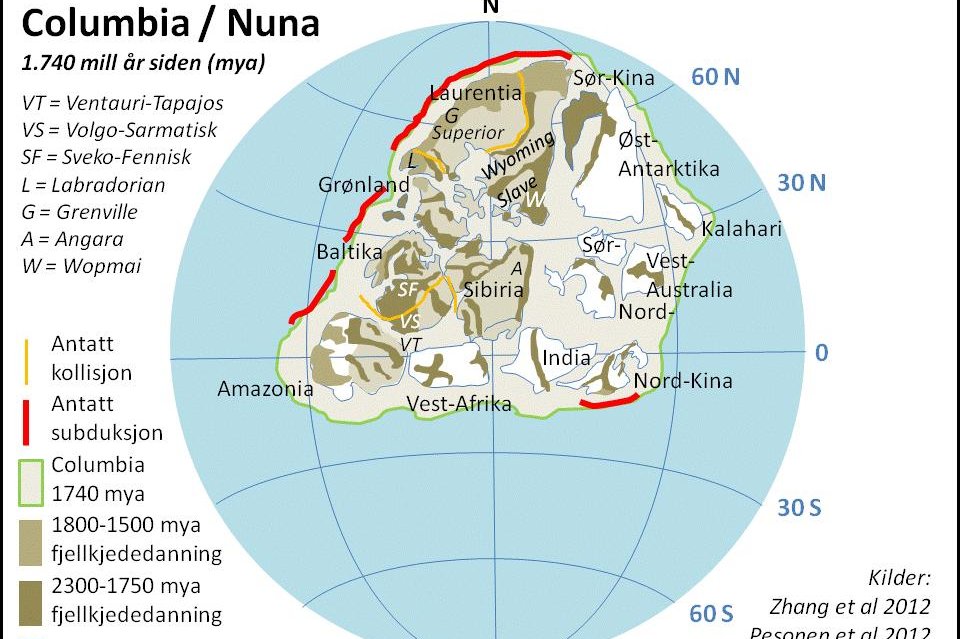
Source: Bjoertvedt/Wikimedia/CC
The team suggests that instability reopened a seam along the continental boundary, and sparked volcanic activity that brought molten diamonds to the surface.
Reframing Eruptions
“The previous age constraint for Argyle was younger, and it was a lot less clear how to frame the eruption in a broader geological context,” Evan Smith, a researcher at the Gemological Institute of America, tells Scientific American.
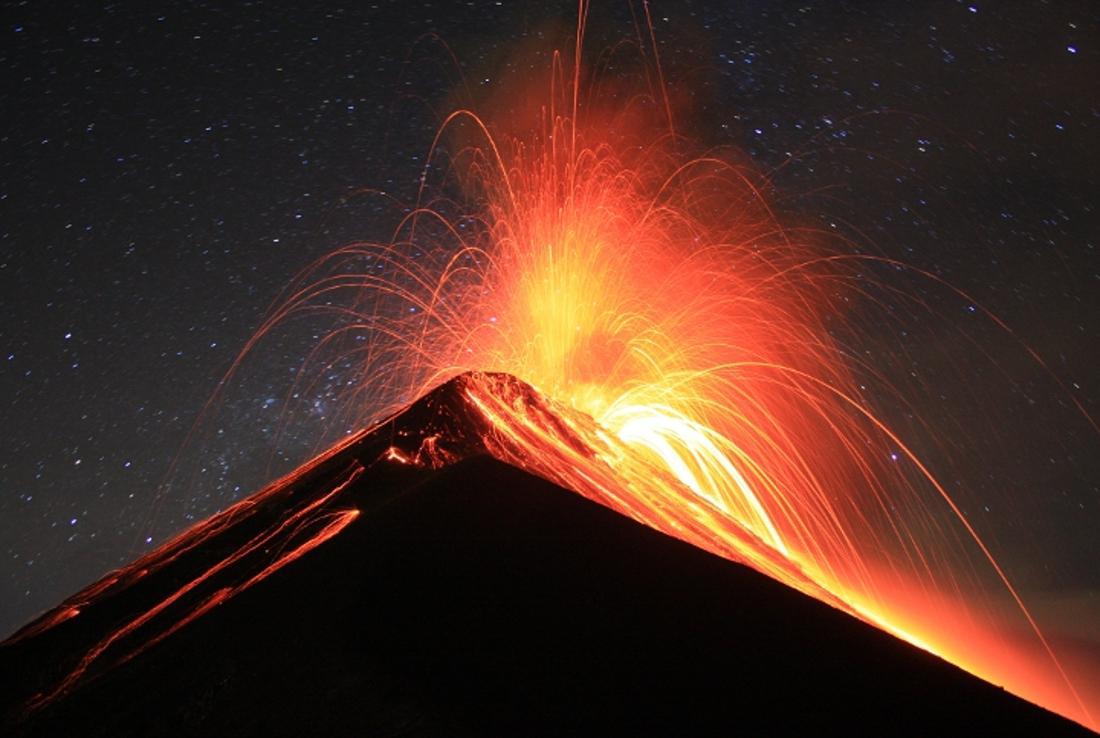
Source: Wikimedia
Smith adds that he believes the new study provides exciting evidence that these “eruptions are related to larger processes affecting entire continents rather than being isolated, random bursts of magma.”
More Pink Diamonds in the World
Olierook believes that there are similar events like this across the world, near continental boundaries. While they found Argyle’s diamond deposit near the coast, most diamond deposits lie in the middle of continental plates where rock is exposed.

Source: Rawpixels
While gem mining is rough, Olierook believes that colored diamonds still lie just below the surface. “They may all be brown, but with a little bit of luck, there could be a few pinks in there,” he adds.
